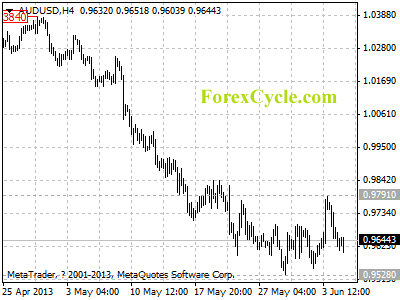By MoneyMorning.com.au
If graphene is new to you, the best way to describe it is that it’s a totally new, man-made material that will turn the world on its head.
Although graphene is about as high-tech as it comes, it also sits in my camp as it’s derived from graphite, a commodity mined in a very small number of locations globally.
What makes graphene so exciting?
Well for one thing, graphene conducts electricity better than anything, including copper, silver or gold. It has been used to make microprocessors that are orders of magnitude faster than silicon based ones. Because it’s also not rigid, it can be used to make large hi-definition screens that can be folded away in your pocket.
Graphene is also stronger than anything else known to man. A sheet just one molecule thick is totally invisible, yet strong enough to support the weight of a newborn baby.
And a sheet the width of Gladwrap could support an elephant wearing stilettos! (So they say anyway…I look forward to seeing the photographic evidence…)
I can’t help thinking that if it’s that strong, it’s just a matter of time before the world of competitive sailing adopts graphene to construct ultra-lightweight, unbreakable sails.
Another property of graphene is that it can be engineered at a microscopic scale: nanotubes to make microscopic robots and so on. The applications are endless. As you can imagine, scientists are queuing up to research the possibilities everywhere, and immense grants are being thrown at the research.
So every week a new discovery comes along. Recently it was for using graphene as a water filter to cheaply and easily desalinate water. Apparently it can be done for 10% of the cost of current tech.
Then this week we heard that graphene can make light camera sensors so sensitive, that they make the one in your digital camera look like it’s from the Stone Age.
The graphene camera will be more than a thousand times more sensitive to light than current tech. So there will be no more underexposed shots in dark environments.
But it goes well beyond that. Think about high-resolution satellite imagery or space telescopes, as graphene sensors can pick up electromagnetic radiation well outside the spectrum of visible light too.
Even though most of these potential applications are at R&D stage, it’s inevitable that between them they will generate a commercial level of demand for the source of graphene. This is mined graphite.
At the moment the traditional use for graphite is constructing steel-making equipment. Not so exciting admittedly, but steady work.
The current growth area for demand is in lithium ion batteries, which is driving a 25% annual growth in demand.
But it’s just a matter of time before the graphene researchers hit on something that will add significantly to global graphite demand.
When they do, they’ll find supply is already tight. A major gap in the market is predicted in three years. Demand could be 50% bigger than current supply.
And that’s assuming current supply is steady. The reality is that most supply comes from China, where not only are mines running low and being shut down, but it’s getting more expensive and harder to export.
There are a few graphite stocks on the Aussie market, but only one stands out. Twelve months ago, I tipped a graphite explorer to leverage this situation. At the time it was early, but it looked like the exploration project had potential.
Then their first drill results were off the charts. Fast forward to today, and they have just announced their deposit contains more graphite than all other known deposits combined. The stock is up 115% since I tipped it, and has much further to go.
They are in a great position to meet market needs for decades ahead. And that also means that any breakthroughs in graphene research won’t face supply issues either.
When technology and the resource sector cross paths to create something entirely new, there can be a big investment opportunity in it. Fracking technology and shale gas is a good recent example.
Dr Alex Cowie
Editor, Diggers & Drillers
Join me on Google+
From the Port Phillip Publishing Library
Special Report: How to Buy Better Stocks
Daily Reckoning: Big Trouble in the Australian Economy… Everybody Relax
Money Morning: After the Correction: Gold Stocks Set for the Biggest Gains
Pursuit of Happiness: Australian Housing: Neither a Bull nor a Bear

